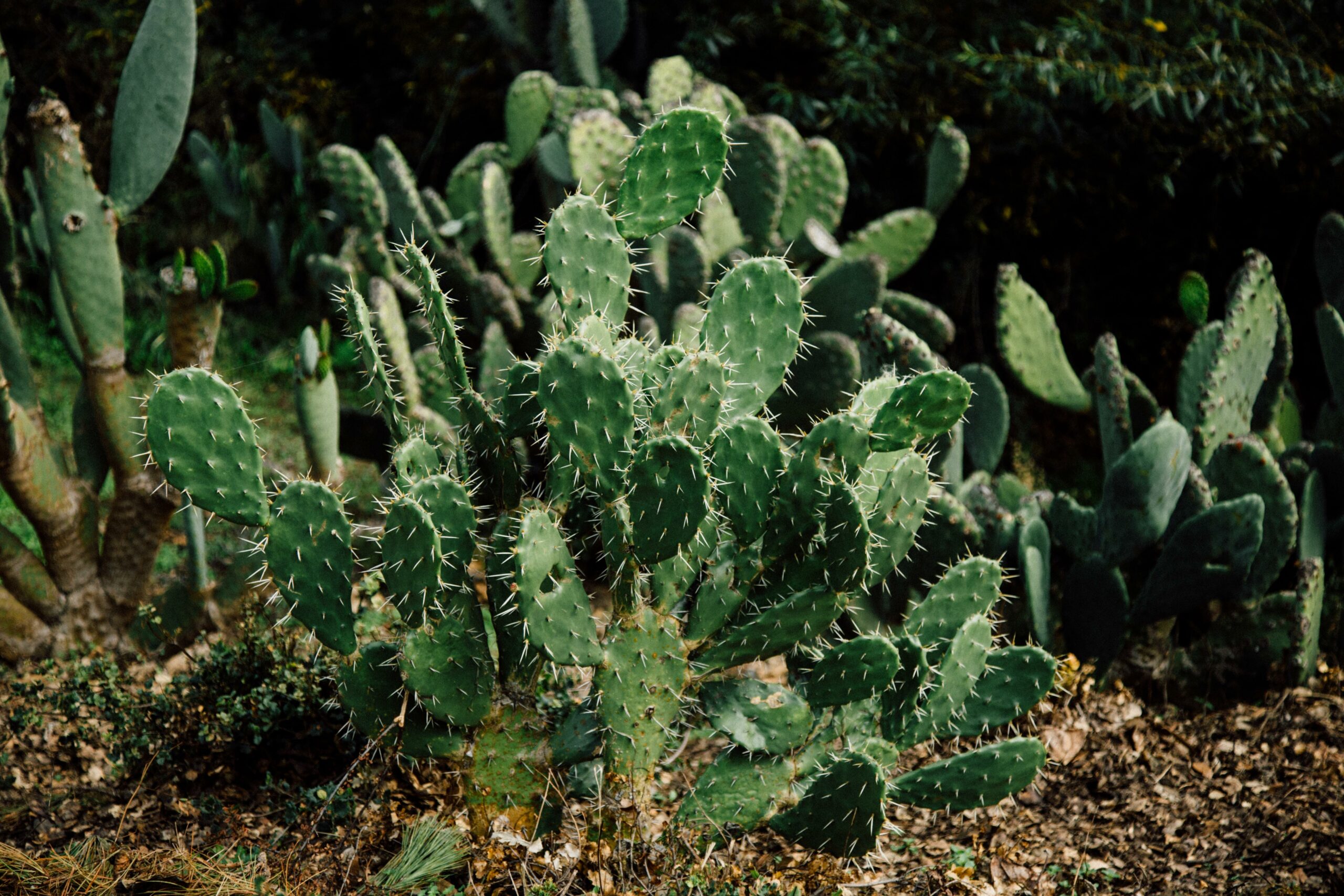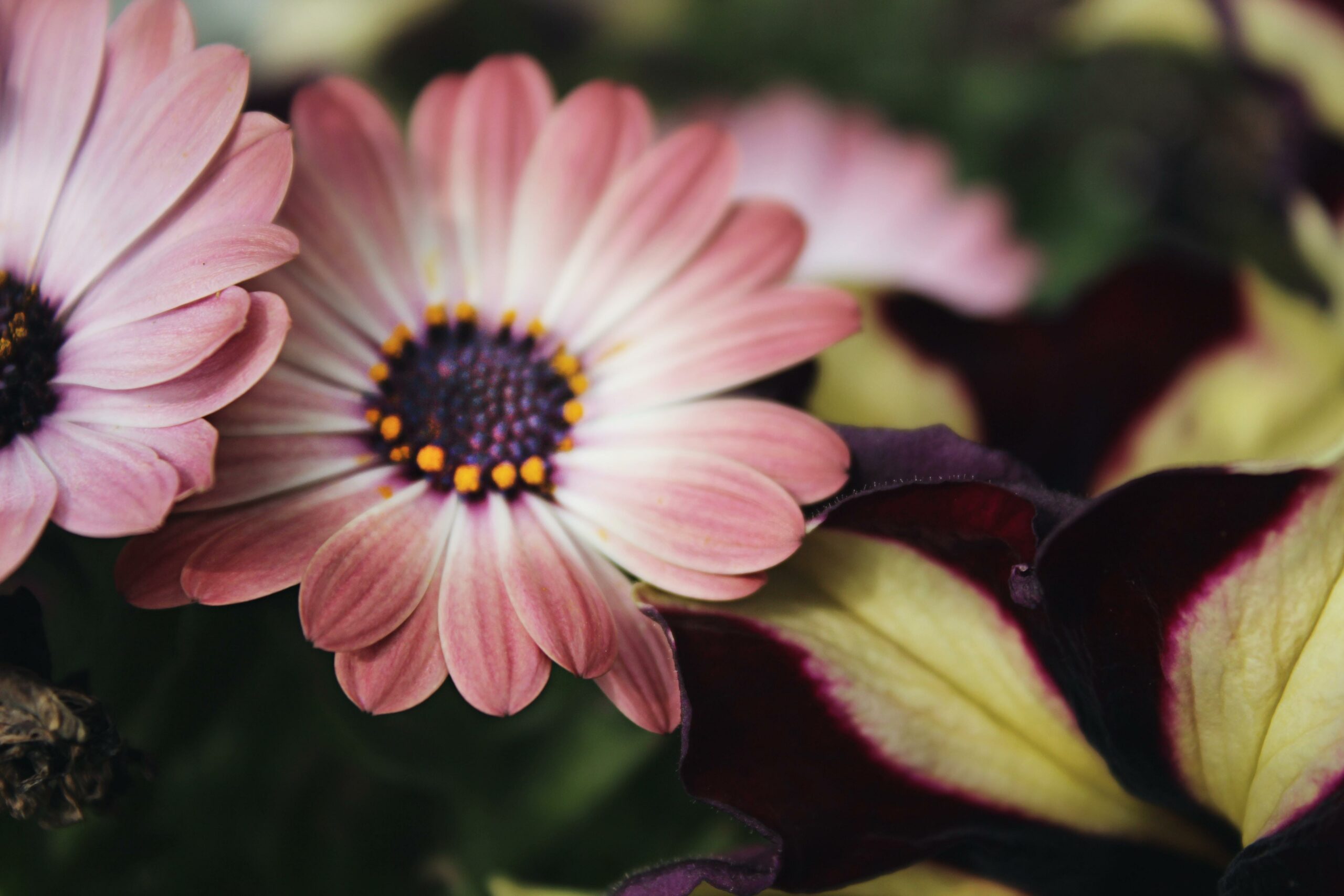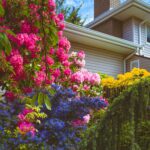Are you tired of the same old conventional landscaping practices that do more harm than good to the environment? It’s time to embrace a greener approach and transform your outdoor spaces into sustainable havens. In this article, we will delve into the world of sustainable landscaping practices and discover how they can not only enhance the beauty of your surroundings but also contribute to a healthier planet. From water-wise irrigation systems to native plant selections and organic pest control methods, get ready to unleash the power of eco-friendly design and maintenance. Get ready to embark on a journey towards a more sustainable and environmentally conscious outdoor oasis.
Sustainable Landscaping Practices
When it comes to designing and maintaining outdoor spaces, adopting sustainable landscaping practices is not only beneficial for the environment but also for the overall aesthetic appeal and value of your property. By minimizing the use of finite natural resources, avoiding non-native invasive plants, and incorporating eco-friendly components, you can create a landscape that thrives while minimizing environmental impact. In this article, we will explore some key sustainable landscaping practices that can transform your outdoor spaces into sustainable oases.

Water-wise Solutions for a Greener Landscape
One of the most important aspects of sustainable landscaping is minimizing the use of potable water. By implementing water-wise irrigation systems and techniques, you can reduce water waste and still maintain a lush and vibrant landscape. Drip irrigation systems, for example, deliver water directly to the plant roots, ensuring maximum efficiency. Incorporating rainwater capture systems can also help supplement your irrigation needs, reducing reliance on municipal water supplies.
“By incorporating water-wise irrigation systems and techniques, you can transform your outdoor spaces while minimizing water waste.”
Harmony with Native Flora and Fauna
Creating a landscape that is in harmony with the native flora and fauna of your area is crucial for sustainability and biodiversity. By choosing native plants and avoiding invasive species, you can contribute to the preservation of local ecosystems. Native plants are adapted to the local climate and require less water and maintenance, making them an excellent choice for sustainable landscaping.
“By selecting native plants, you can create a landscape that not only looks beautiful but also supports local wildlife and conserves precious resources.”
Protecting Against Adverse Effects
Sustainable landscaping practices go beyond aesthetics and also aim to minimize adverse effects, such as erosion, pollution, and wildfire danger. Incorporating permeable surfaces, such as decomposed granite or pea gravel, can help prevent erosion and reduce water runoff. Utilizing organic mulch and composting can improve soil health, reduce the need for chemical fertilizers, and prevent pollution from entering waterways. Implementing fire-resistant plantings and strategic hardscape placement can also mitigate wildfire risks.
“By incorporating permeable surfaces and utilizing organic mulch, you can minimize erosion and pollution, making your landscape more resilient against adverse effects.”
Beautifying Spaces with Sustainable Materials
Sustainable landscaping is not just about functionality; it is also about enhancing the beauty and value of your outdoor spaces. Choosing building materials sourced locally whenever possible reduces the carbon footprint associated with transportation. Incorporating elements like wood or composite decks, rock gardens, succulent gardens, and even artificial grass can add aesthetic value without compromising sustainability.
“By choosing sustainable materials and incorporating beautiful elements like rock gardens and succulent gardens, you can create outdoor spaces that are both visually appealing and environmentally friendly.”
Steps to Achieving a Sustainable Landscape
Assess Your Property: Take a thorough look at your outdoor spaces to determine the existing landscape conditions, including soil quality, sun exposure, and water availability.
Research Native Plants: Research local indigenous plant species that are well adapted to your area’s climate and soil conditions. Choose plants that require less water and maintenance.
Implement Water-wise Irrigation: Install water-efficient irrigation systems like drip irrigation or smart controllers to reduce water usage.
Plan Hardscape Placement: Strategically place hardscape features to minimize erosion and create functional spaces while preserving the natural flow of water.
Incorporate Sustainable Materials: Use locally sourced, sustainable materials for constructing decks, pathways, and other hardscape elements.
Practice Integrated Pest Management: Implement natural pest control methods like introducing beneficial insects, using organic pest repellents, and practicing proper plant selection to minimize pesticide use.
Improve Soil Health: Add organic mulch and compost to improve soil moisture retention, fertility, and overall health.
Educate and Engage: Spread awareness about sustainable landscaping practices within your community and inspire others to transform their outdoor spaces too.
“By following these steps, you can create a sustainable landscape that not only adds beauty to your property but also promotes environmental stewardship.”
In conclusion, sustainable landscaping practices are essential for transforming your outdoor spaces into eco-friendly havens. By incorporating water-wise solutions, native plants, and sustainable materials, you can create landscapes that conserve resources, support biodiversity, and enhance property values. By embracing sustainable landscaping practices, you can play a crucial role in creating a more sustainable environment for generations to come.
“Embrace sustainable landscaping practices today and make a positive impact on your outdoor spaces and the environment as a whole.”
Are you curious about landscaping and want to learn more? We’ve got you covered with these 3 fascinating facts about landscaping. From the artistry and precision involved in creating stunning outdoor spaces to the benefits it brings to the environment, landscaping is truly a captivating field. Discover these intriguing facts by clicking here: 3 facts about landscaping. Happy exploring!
FAQ
Question: What is sustainable landscaping?
Answer: Sustainable landscaping refers to the practice of designing, installing, and maintaining landscapes in a way that minimizes negative environmental impact while promoting ecological stewardship. It involves using techniques such as water-wise irrigation systems, native plant selection, organic pest control, and soil health improvement to create landscapes that thrive while conserving resources and preserving biodiversity.
Question: How can sustainable landscaping help minimize water usage?
Answer: Sustainable landscaping employs water-wise irrigation systems, such as drip irrigation and smart controllers, to minimize the use of finite natural resources, especially potable water. It also promotes the selection of native plants that are adapted to the local climate and require less watering. Rainwater capture and the use of permeable surfaces can further reduce water waste and promote the replenishment of groundwater.
Question: What are the benefits of using native plants in sustainable landscaping?
Answer: Using native plants in sustainable landscaping has several benefits. Native plants are adapted to the local ecosystem, requiring less water, fertilizer, and pesticides for survival. They also provide habitat and food for native wildlife, helping to preserve biodiversity. Additionally, native plants are often more resilient to local environmental conditions, reducing the need for costly replacements and maintenance.
Question: How does sustainable landscaping help in reducing pollution and erosion?
Answer: Sustainable landscaping practices, such as incorporating permeable surfaces, decomposed granite, and ribbon driveways, help reduce pollution by allowing rainwater to infiltrate the soil instead of running off into storm drains. This prevents the transport of pollutants, such as fertilizers and pesticides, into water bodies. Additionally, proper slope management, erosion control techniques, and the use of native plants with extensive root systems help prevent soil erosion and stabilize the landscape.
Question: How can sustainable landscaping contribute to property values?
Answer: Incorporating aesthetic components, such as attractive hardscapes, well-designed outdoor living spaces, and beautifully curated gardens, can enhance the visual appeal of a property. Sustainable landscaping also demonstrates a commitment to environmental sustainability, which is becoming increasingly valued in the real estate market. Properties with sustainable landscapes may have higher resale values, attract more potential buyers or tenants, and provide a unique selling point in a competitive market.
- Unlocking Francis Alexander Shields’ Finance Empire: A Comprehensive Biography - July 12, 2025
- Unveiling Francis Alexander Shields: A Business Legacy - July 12, 2025
- Francis Alexander Shields’ Business Career: A Comprehensive Overview - July 12, 2025















